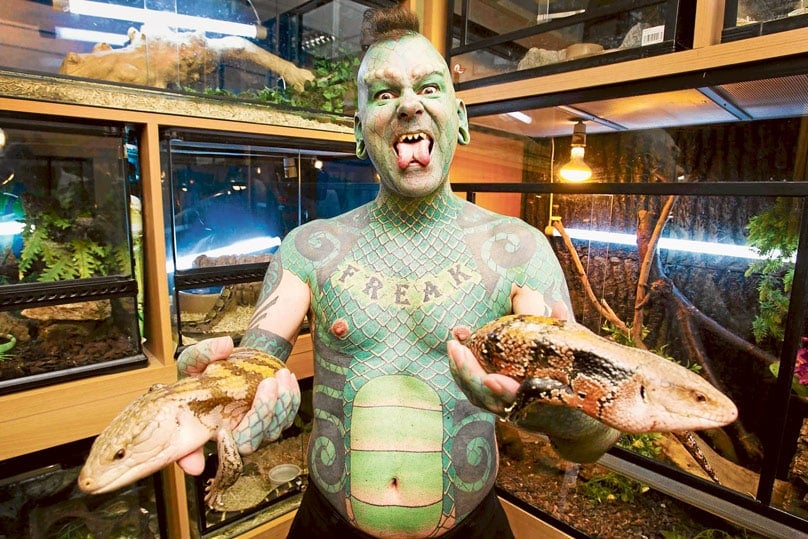
In 1975, long before the age of social media, an experiment was conducted at Stanford University. The experiment first provided a false impression regarding a person’s ability to distinguish real suicide notes from fake ones, and the candidates were subsequently presented in the face of the facts.
The experiment found that, even when presented with the correct factual evidence, the candidates stuck with their conviction their initial impressions overrode the veracity of the facts.
This phenomenon, known as “confirmation bias”, was then tested recently, in an age awash with social media.
A similar type of experiment was conducted, and the findings showed another twist: the more the facts were presented to the candidates, the more they held to the conviction that the false impression was true.
It was as if the reality of something was determined by the degree of one’s passionate convictions, rather than reality itself.
The idea of passionate conviction as the sole criterion of reality is something replicated across a range of social phenomena, from the conviction that the migrant is a terrorist, to the conviction that a fetus is a clump of cells, to the conviction that one’s body has no inherent meaning to our personhood.
While we might be tempted to think that this is all the fault of the postmodern age, it is important to note that this problem is as old as the Middle Ages.
In medieval philosophy, “realism” was the Aristotelean and Thomist idea that the essence of external realities are never subject to the manipulations of our mind.
Material realities, having a fixed structure, placed a limit on our ability to call something whatever we want just because we want it to be so. In light of this limit, the will was often called to harmonise itself with these external limits.
The body is one such reality whose limits ought to be respected by the will, even if at the same time there was an unavoidably social dimension to that body that gave it a profound symbolic meaning.
This changed with the arrival of what was called “nominalism” where, as the name suggests, the reality of something was merely an arbitrary name foisted upon our equally arbitrary wills. We thus see a reversal of the relationship between the will and material realities, and the will becomes detached from these realities.
Eight hundred years later, the flow-on effects of such a detachment can be seen in the way we treat the reality of our bodies.
As Herve Juvin, mentioned in a previous column, noted in his The Coming of the Body, rapid advances in technology have extended the distance between the will and the body.
The increased dominion over our bodies brought about by rapid technological advances, especially in the medical sciences, have led to the limits of external realities of the body to be treated as a barrier over which the will must exert its freedom.
No surprise then, that even as medical science has brought about real goods in situations where maladies of the body are repaired, it has also spawned industries that allow the modification of the body in accordance with the will of the consumer, even if no repair to a damaged body is needed.
Witness for instance, the minor celebrity and self-professed “professional freak”, Erik “the Lizardman” Sprague, who through surgical modification was able to make his body assume the form of his choosing, namely a lizard.
Though not everyone may go to the same extreme as Sprague we are, in varying degrees, participating in this technologised detachment of wills from bodies, whether in turning bodies into billboards for products or memes for political causes.
The body in postmodernity, notes Juvin, is now a disposable plaything of the will, which means embodied persons are now equally vulnerable to political or commercial manipulation.
Moreover, Juvin also notices that as the body becomes the plaything of the will, it is simultaneously stripped of any inherent meaning, and it becomes more atomised.
The more subject to the individual will the body becomes, the more it is stricken from the communities that give it meaning.
In short, a will that makes a project out of breaking all limits – particularly that of the body – will end up being all alone.
The detachment of the body and will in postmodernity is as much a theological as well as a cultural problem.
For, to paraphrase the book of Genesis, it is not good for the body to be alone (Gen 2:18). In addition, the ability of the body to image the Divine (Gen 1:28) becomes lost the more the body is treated as a mere lump of clay in the hands of a purely human potter.
Redeeming a body that has become essentially a commercialised plaything would require a reinsertion of that body back into a communal setting, with its template set by the body’s coabiding in the Body of Christ (John 15:4).
This coabiding with Christ’s will sets limits on the will, but such limits do constitute the “narrow gate” by which harmony can be restored between the will and the body, and going further, restored between the human person with others.
Ultimately, it might even become the ground for a harmonisation between the human person and God.
